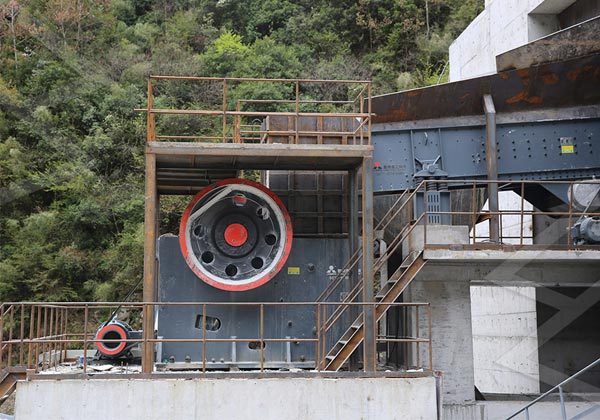The PE Series Rock Jaw Crusher is a widely used and highly versatile type of crushing equipment designed for processing a range of materials, including rocks, ores, and aggregates. It is particularly popular in mining, construction, and recycling industries due to its reliable performance, simple operation, and cost-effectiveness. The PE series crushers are typically used in the primary crushing stage of various material processing operations.

Key Features and Advantages
- Robust Design: The PE series jaw crushers are known for their durable construction. They have a high-strength frame, making them capable of withstanding heavy workloads and demanding conditions. The robust design ensures they can handle the most challenging tasks, such as crushing large stones and hard ores.
- Efficient Crushing: These crushers are equipped with a deep crushing chamber and a large nip angle, ensuring higher productivity and greater crushing efficiency. The PE series jaw crushers also feature a simple structure, which makes maintenance relatively easy and cost-effective.
- Wide Range of Applications: The PE jaw crusher is suitable for a variety of crushing applications, including the crushing of hard and soft ores, limestone, granite, gravel, quartz, and other stones. This versatility makes it ideal for use in industries such as mining, metallurgy, construction, and recycling.
- Adjustable Discharge Size: The discharge size of the PE series jaw crushers is adjustable, offering flexibility depending on the requirements of the application. The closed-side setting (CSS) can be modified to achieve the desired product size, helping to control the final output and meet specific operational needs.
Cost Factors of PE Series Rock Jaw Crushers
The cost of a PE Series rock jaw crusher can vary widely based on several factors. These include the model and size of the crusher, as well as additional features, configurations, and the scale of the manufacturing process.
- Model and Capacity: PE series jaw crushers come in various sizes and models, typically ranging from PE-150×250 to PE-1500×1800, with capacities ranging from 50 ton per hour to over 1000 tons per hour. Smaller models are typically more affordable, with prices starting at around $10,000 to $30,000, while larger, more powerful crushers can cost anywhere from $50,000 to $200,000 or more.
- Manufacturer: Different manufacturers offer PE series jaw crushers, and the prices can differ significantly based on brand reputation, manufacturing quality, and additional features. Local manufacturers might offer more competitive pricing, while well-established global brands may charge a premium for their products.
- Material and Build Quality: The quality of materials used in the construction of the jaw crusher also affects the price. High-quality steel and wear-resistant components typically raise the overall cost of the crusher. However, investing in better material quality may improve the longevity and efficiency of the crusher, ultimately saving costs on maintenance and replacement.
- Location and Shipping: The cost of shipping and transportation can add significantly to the overall price, especially if the jaw crusher is sourced internationally. Shipping costs are affected by factors such as distance, freight charges, and any applicable customs fees. Local suppliers may offer more competitive pricing by reducing transportation costs.
- Customization and Features: Depending on the application, crushers may need additional customization, such as special liners, crushers for specific materials, or modifications to accommodate other parts of the production line. These added features can contribute to an increase in the price.
Overall, the PE series rock jaw crusher offers a cost-effective solution for primary crushing needs in various industries. The price can vary depending on size, manufacturer, and features, but it remains a popular choice due to its reliability, versatility, and ease of maintenance. Buyers should carefully assess their needs, including the required capacity, material characteristics, and long-term operating costs, to determine the most cost-effective choice for their operations.

